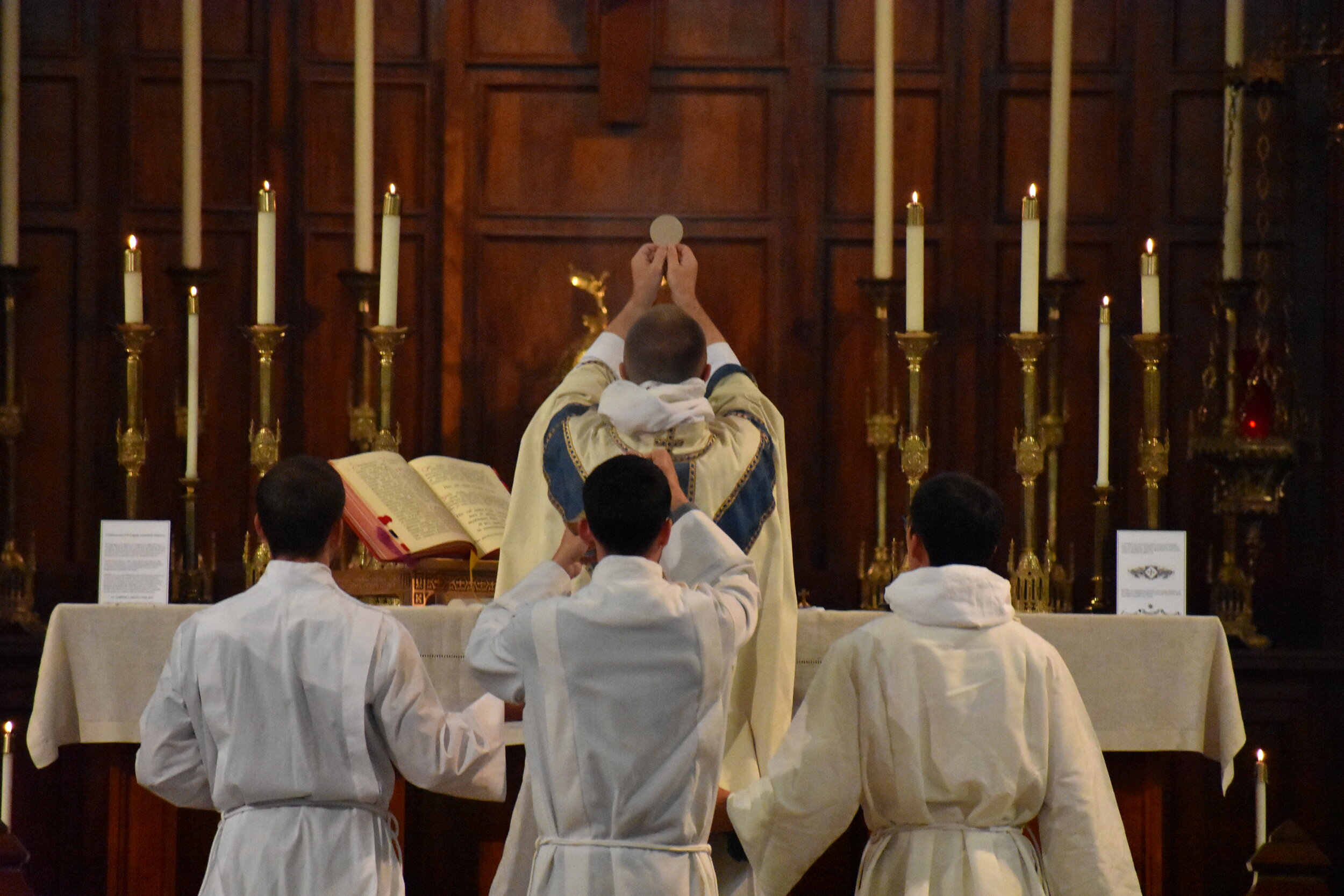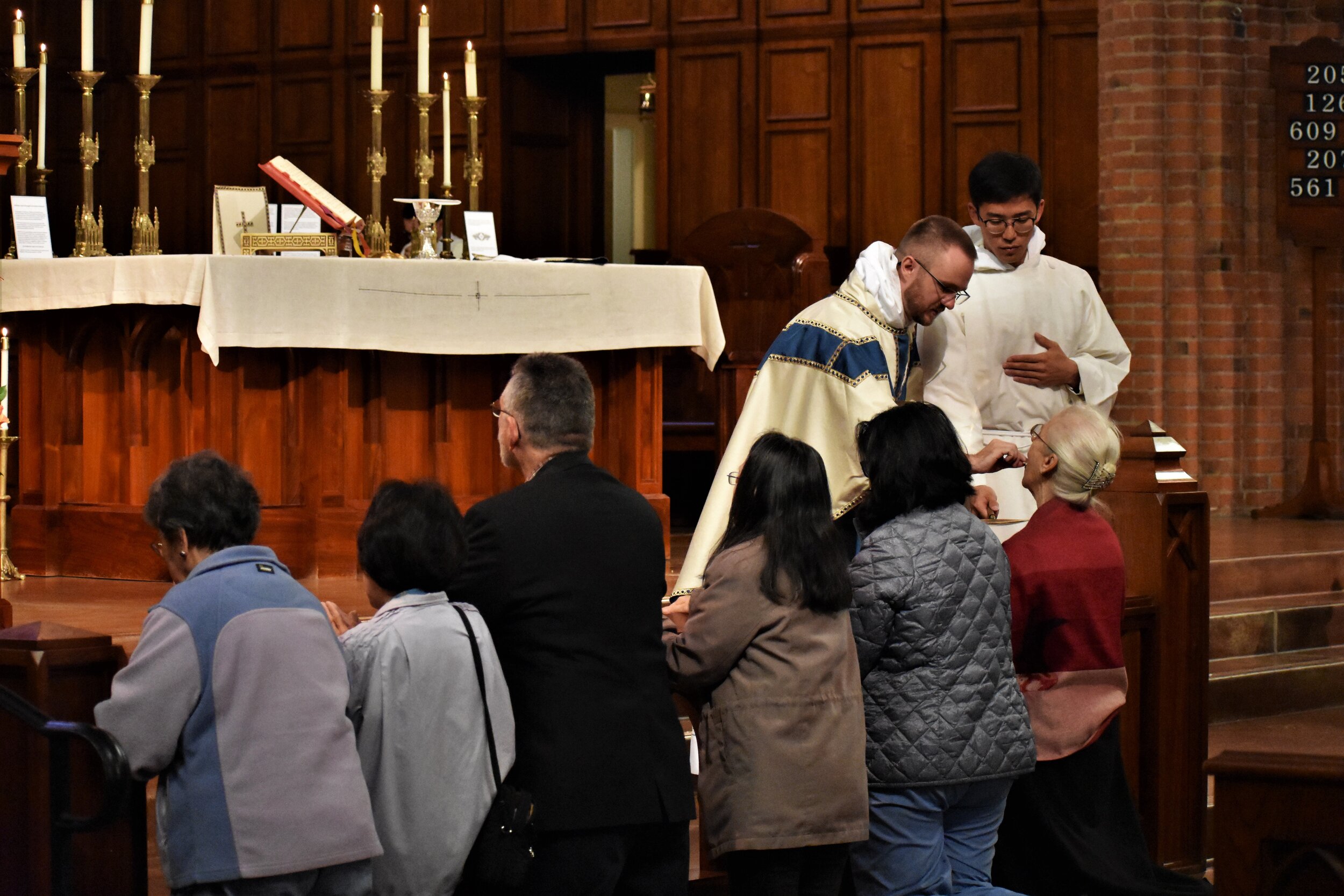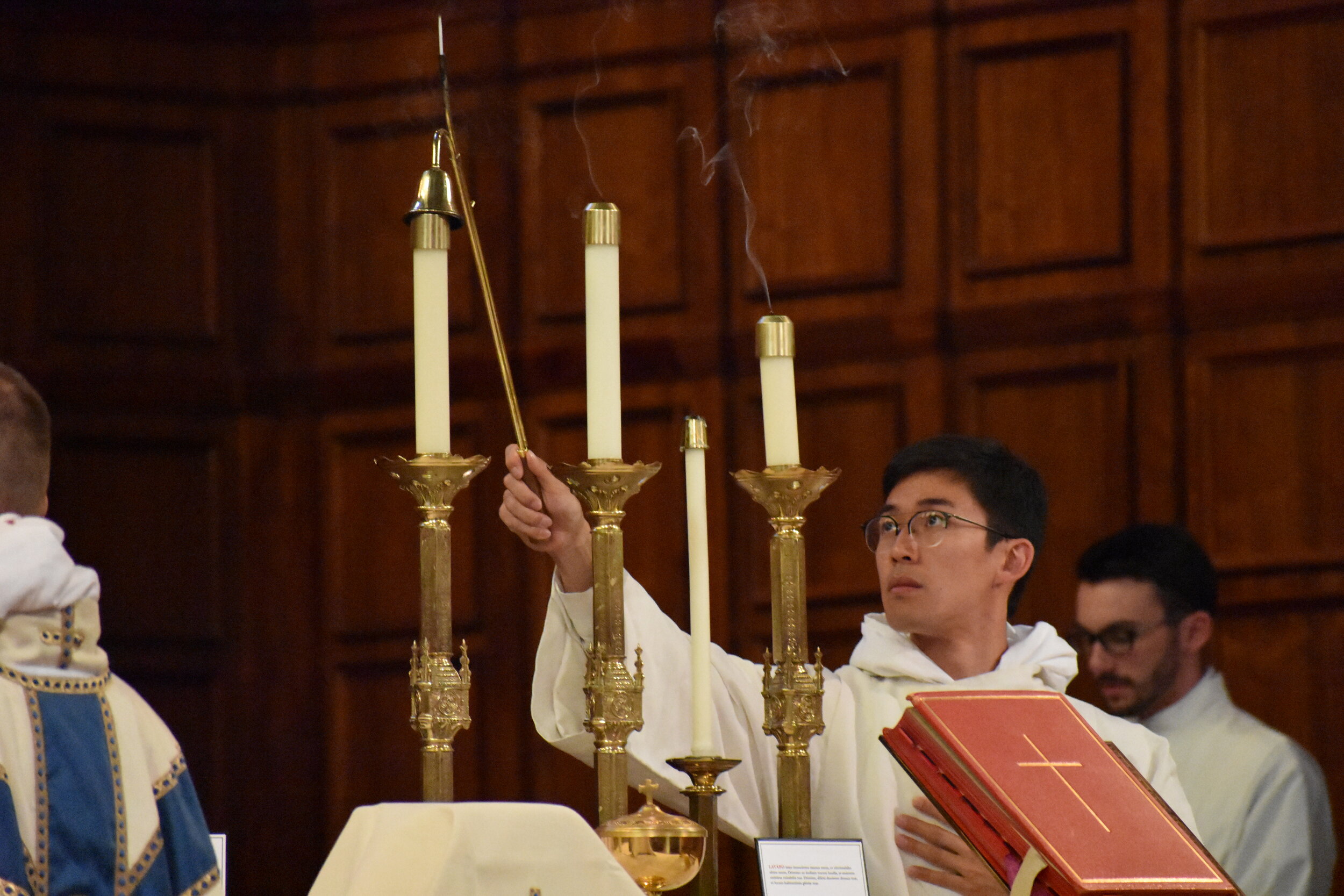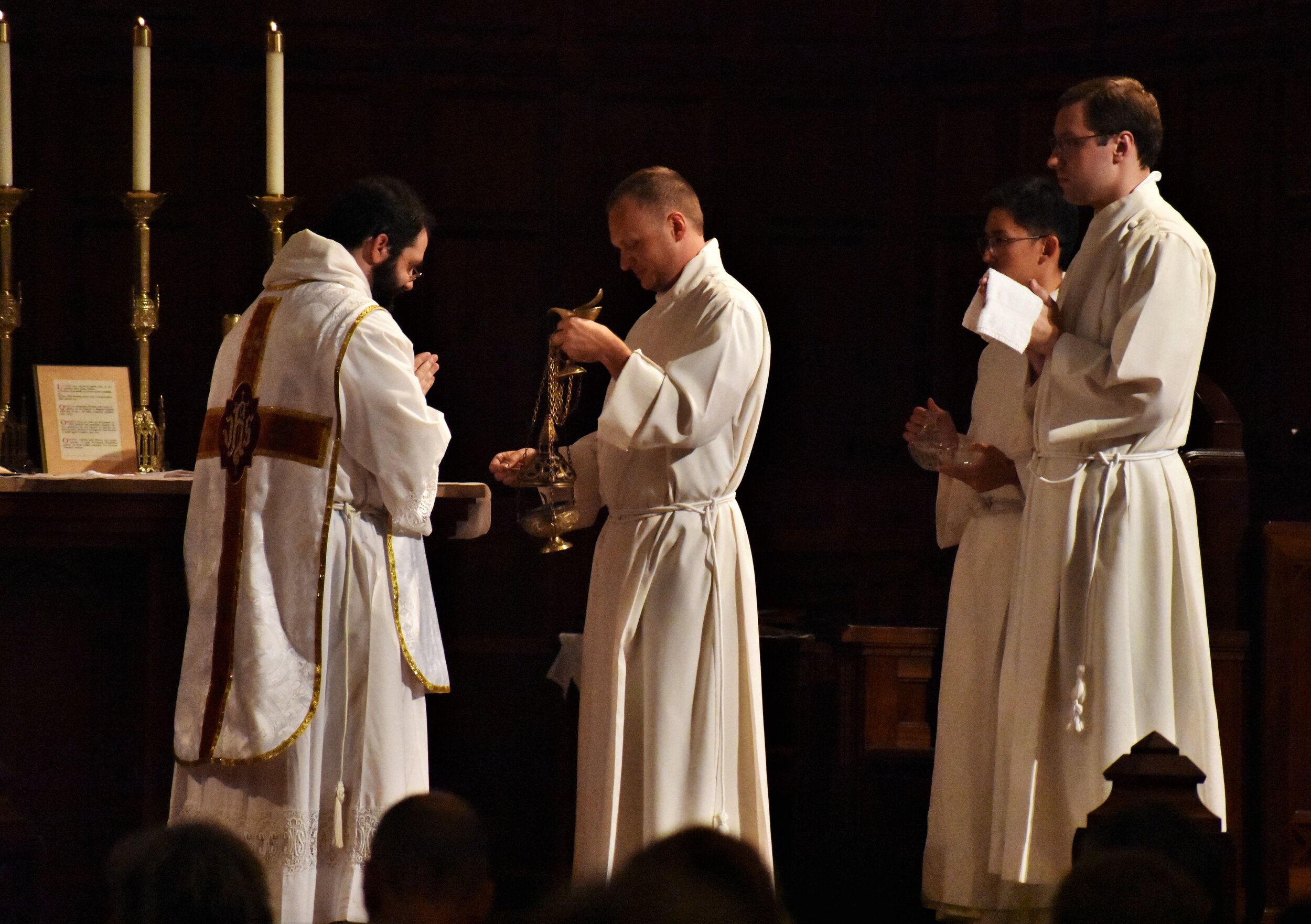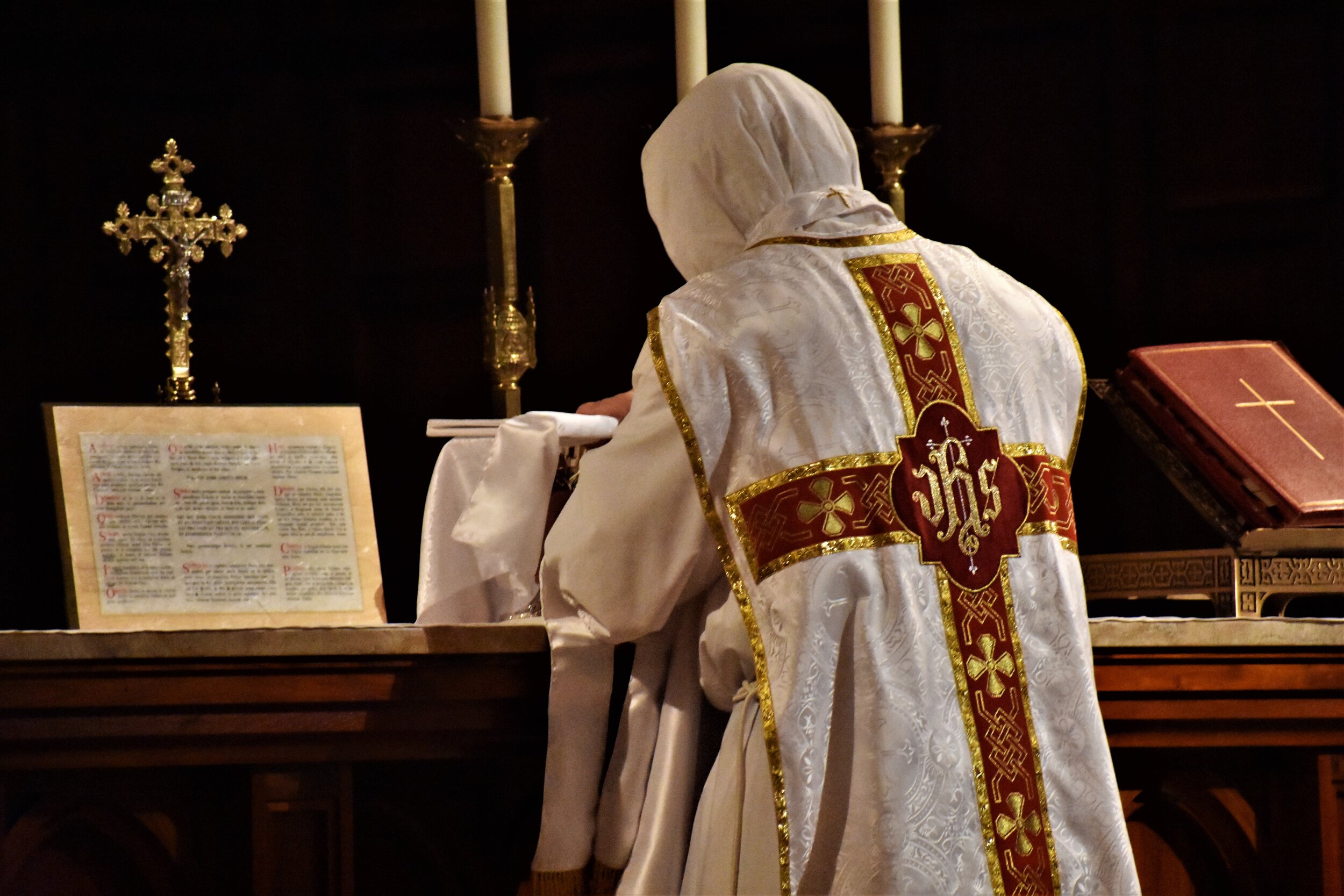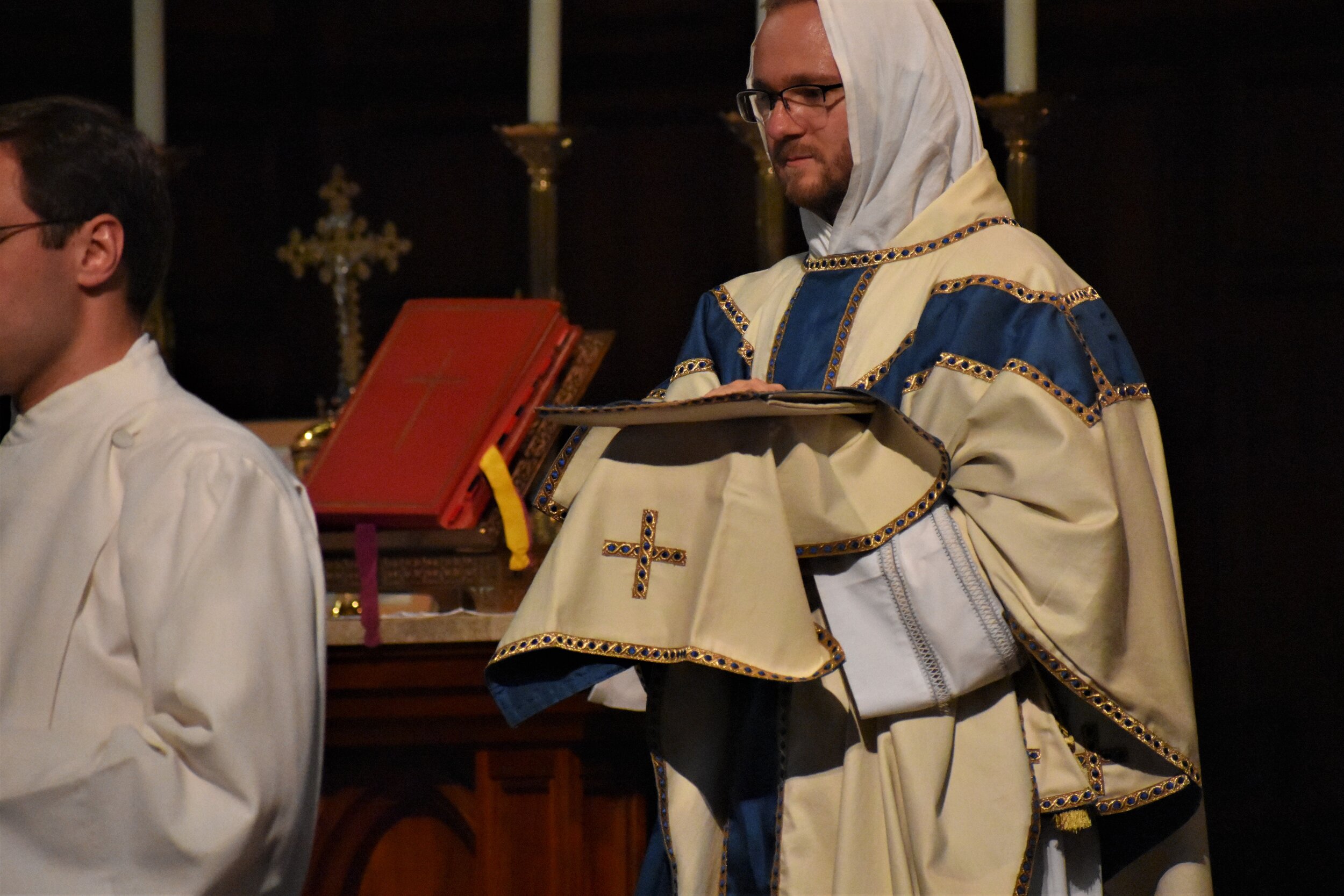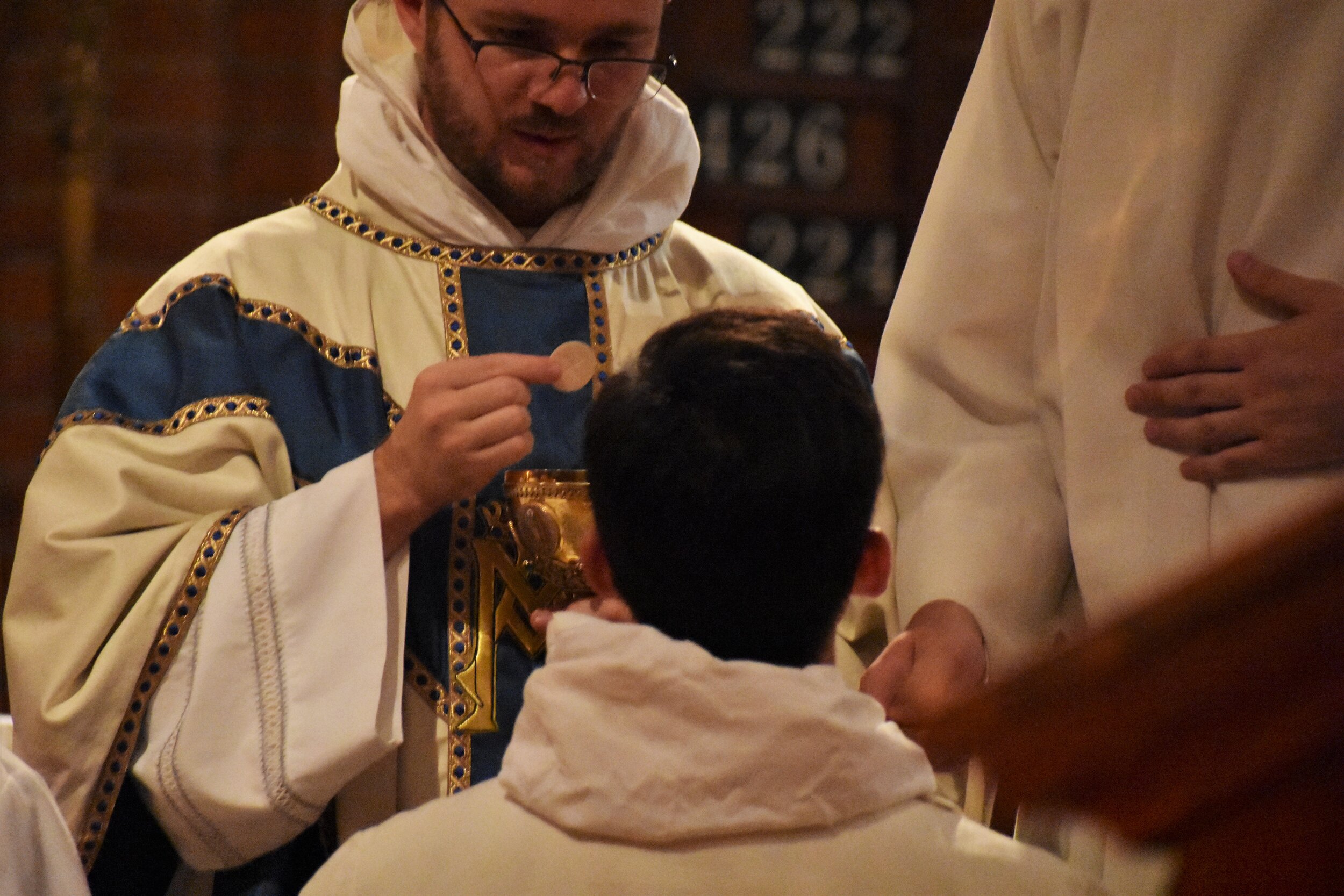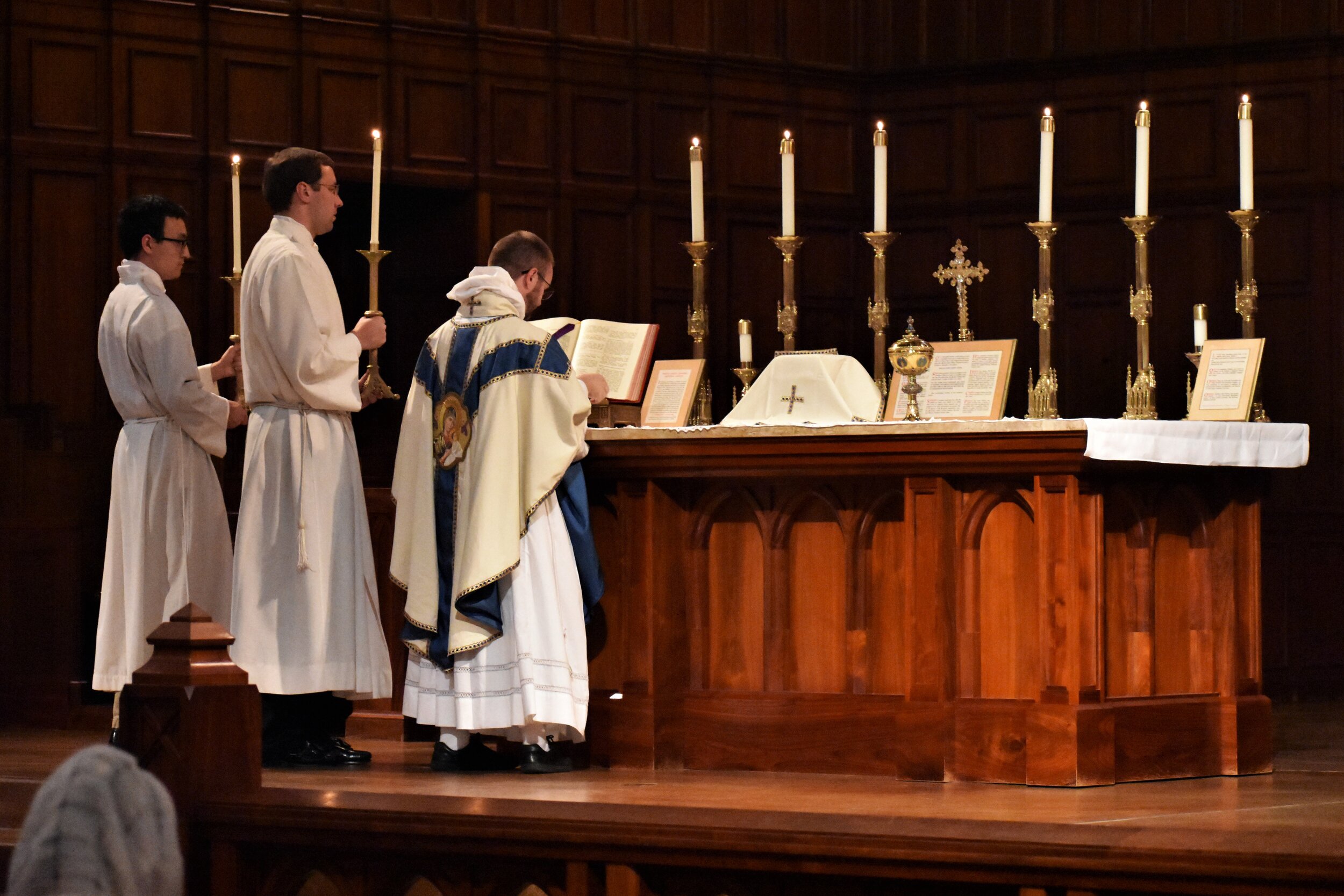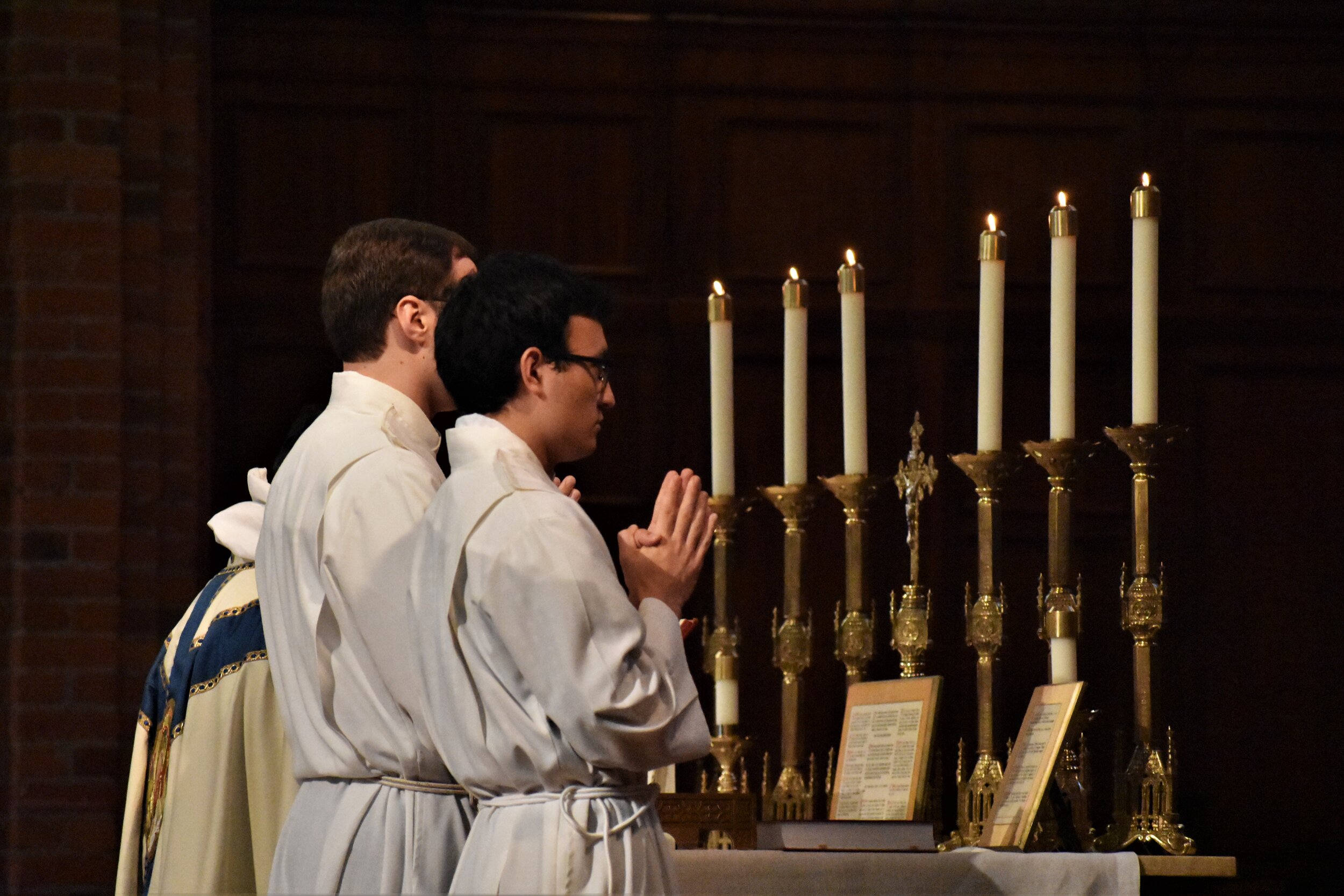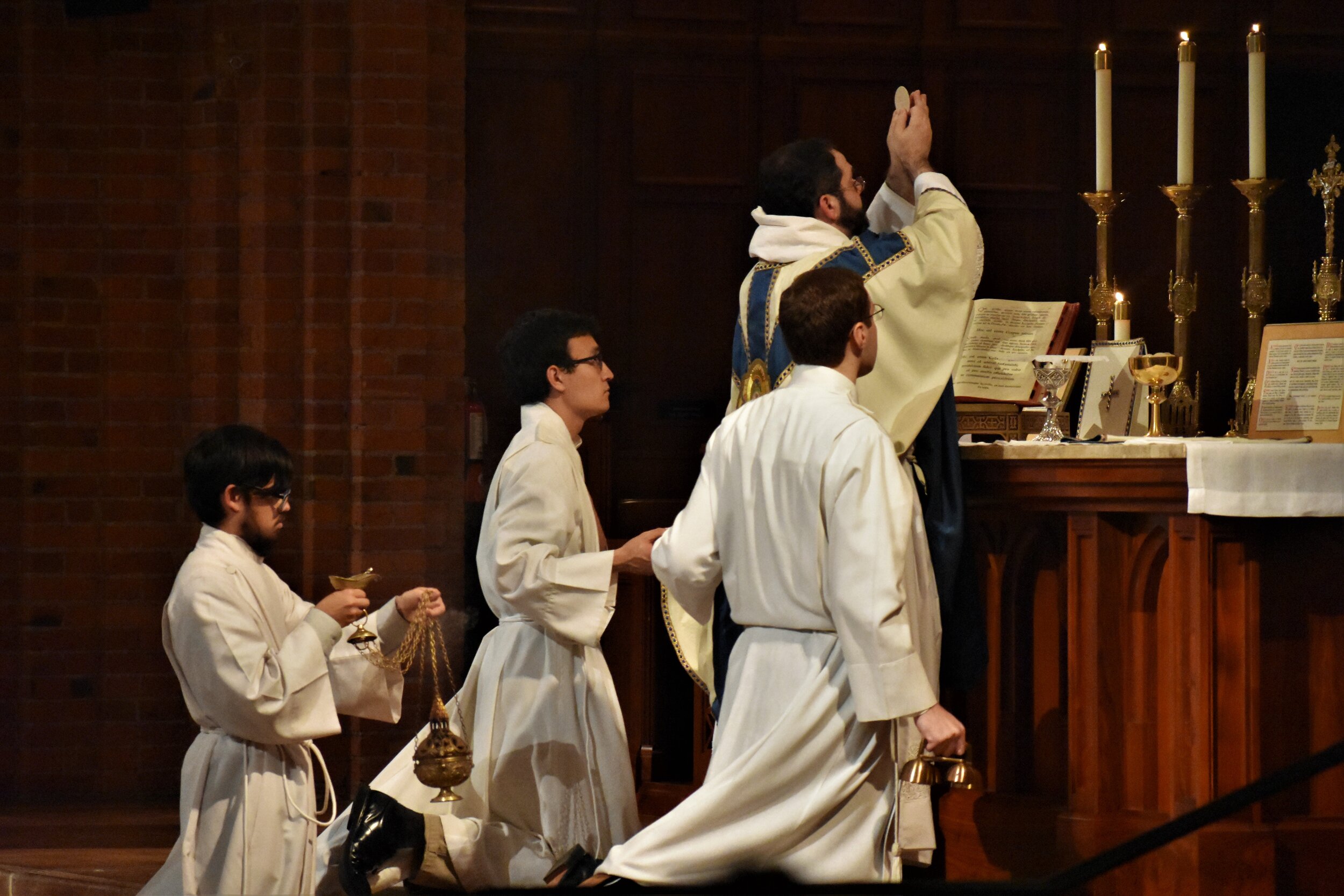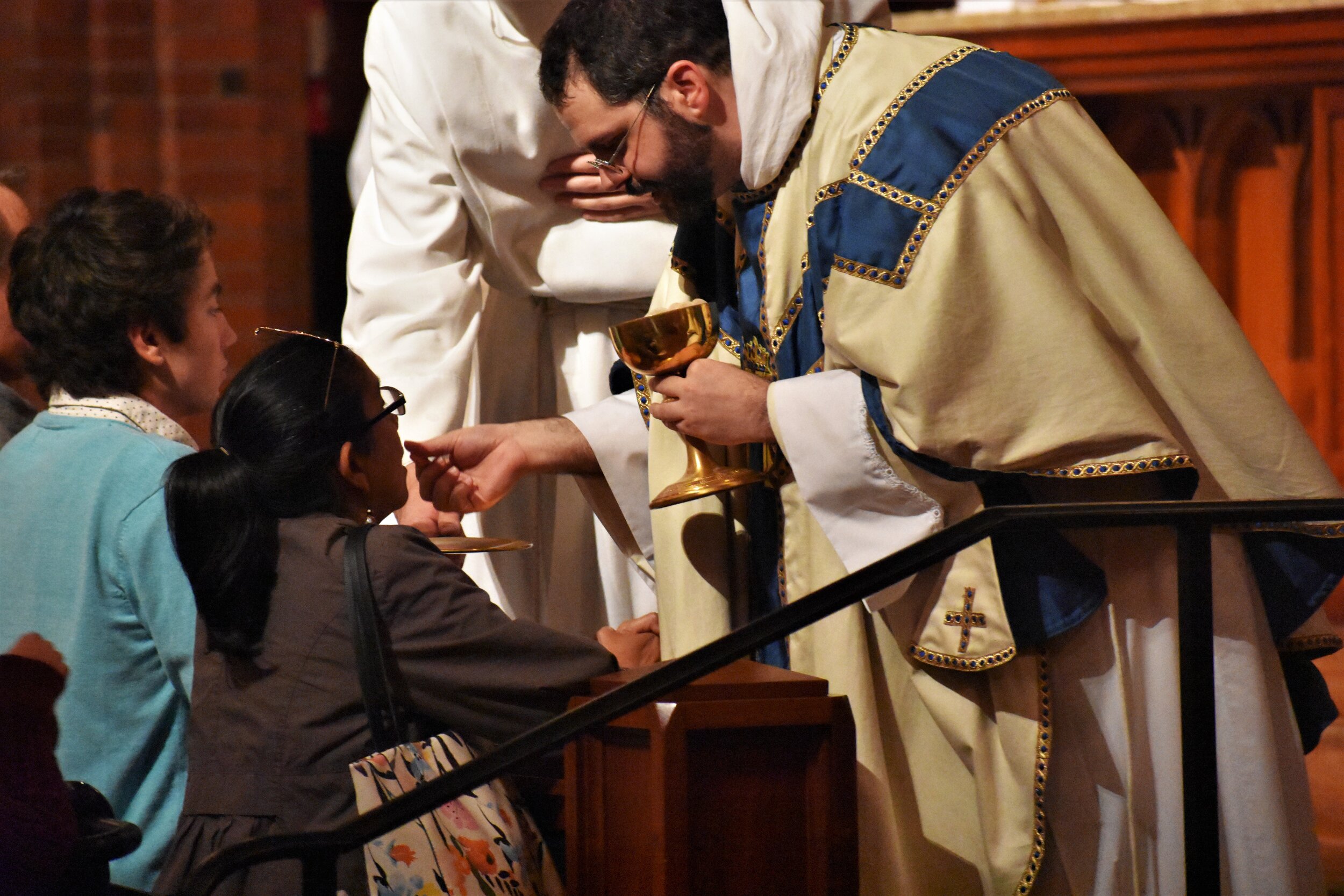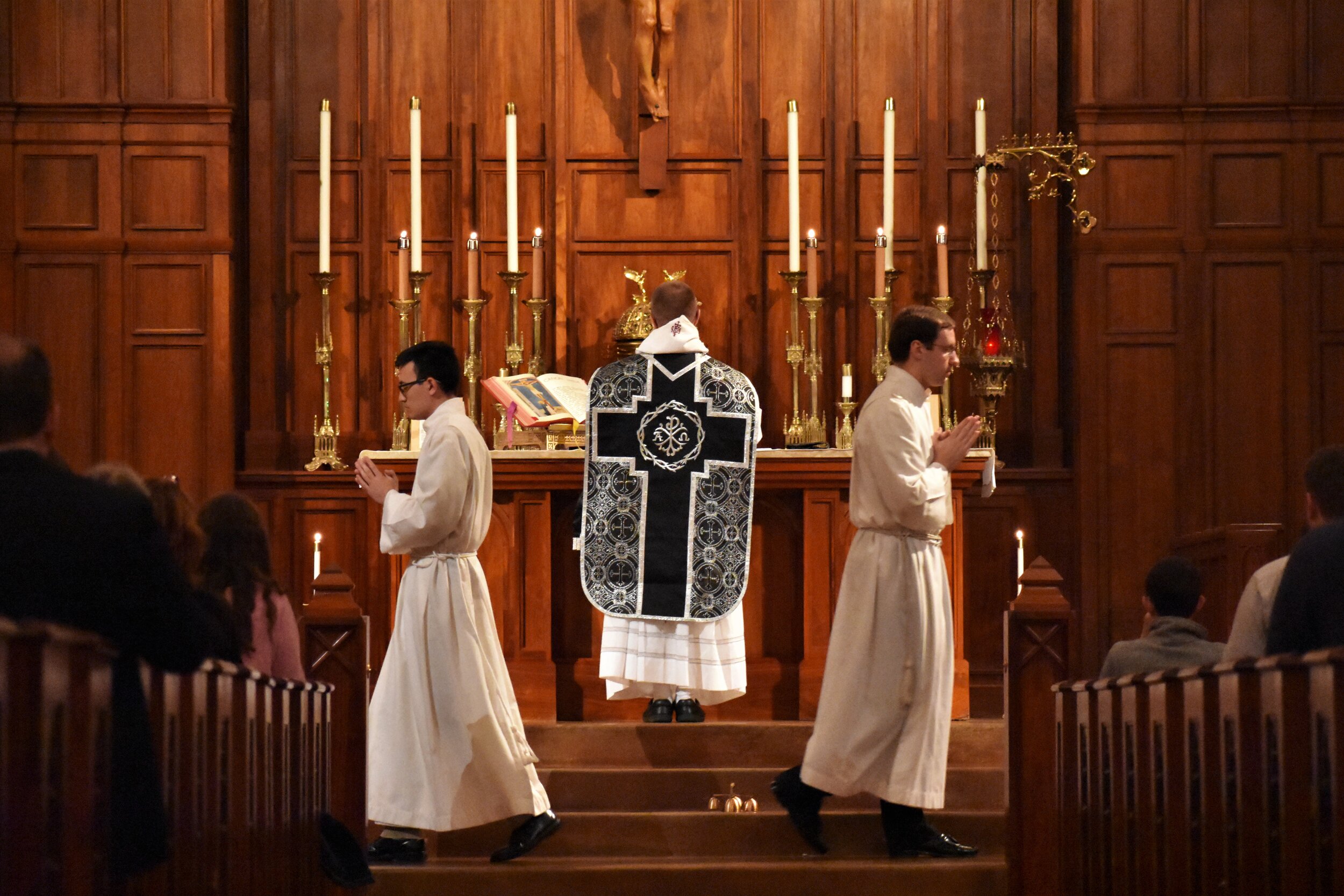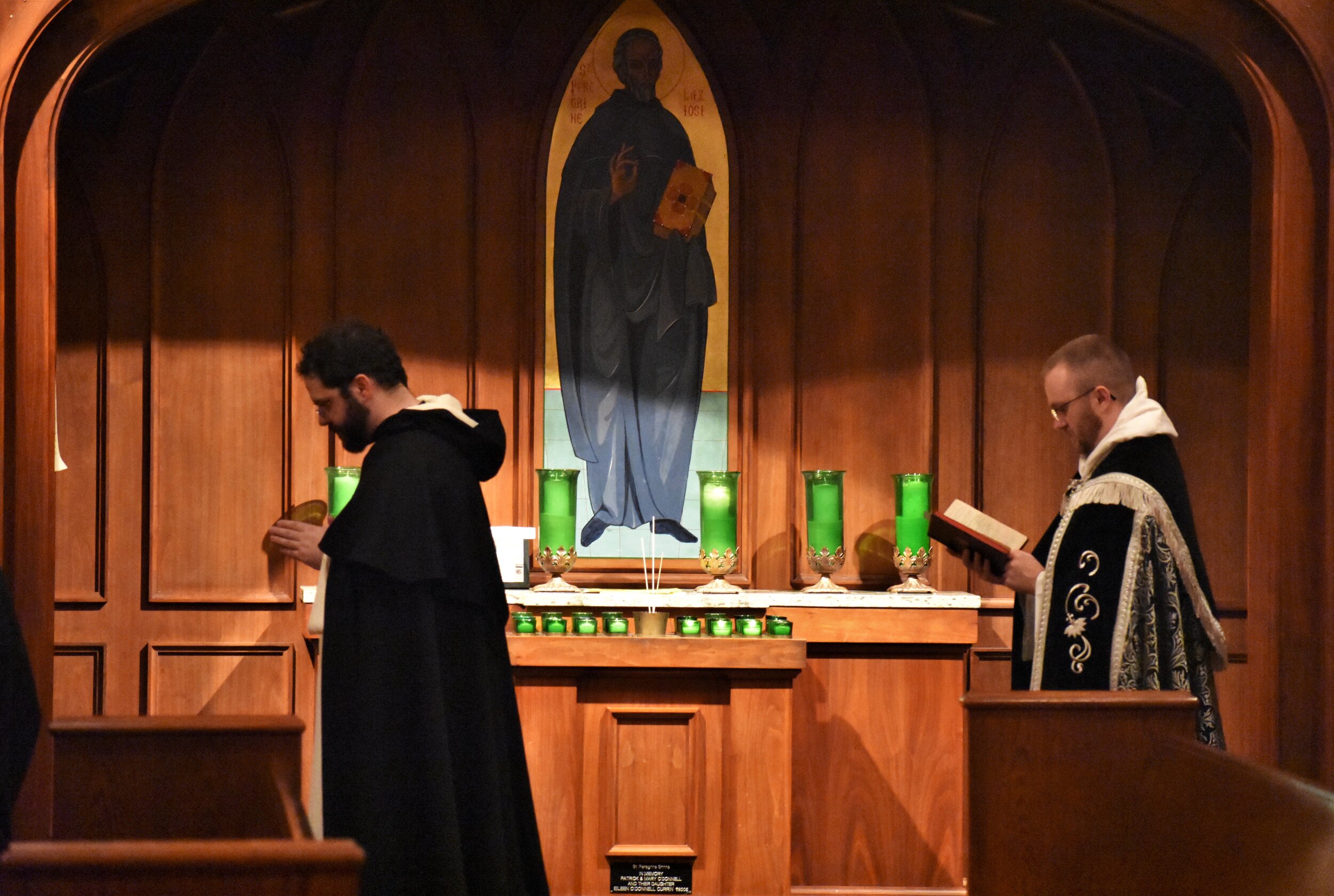The History of the Dominican Rite
At the time of St. Dominic, there was no unified rite for the order. Each province had its own liturgical diversities and peculiarities during the Liturgy. Blessed Jordan of Saxony, the successor of St. Dominic as Master of the Order, was the first to attempt to regulate liturgical conditions in the Dominican Order.
Under John the Teuton, fourth Master General of the Order, the first systematic attempt of reform began. At the Chapter of Bologna in 1244, delegates were asked to bring their own special rubrics for the office and their Missals, Graduals, and Antiphonaries to the next chapter in Cologne in 1245. A commission was created with four members, one each from the Provinces of France, England, Lombardy, and Germany, to create a compilation which was then approved at the Chapter of Paris in 1246. After this approval, the whole Order exclusively used this unified rite, which had been revised by Humbert of Romains.
After its confirmation by Clement IV in 1267, the Dominican Rite saw no radical development, despite several movements started with the idea of conforming with the Roman Rite.
In 1570, Pope Pius V (a Dominican) imposed a common rite on the Universal Church, but excepted rites which had approval for two hundred years, allowing the Order of Friars Preachers (the Dominicans) to maintain their rite, which had been fixed and stable for over three hundred years.

